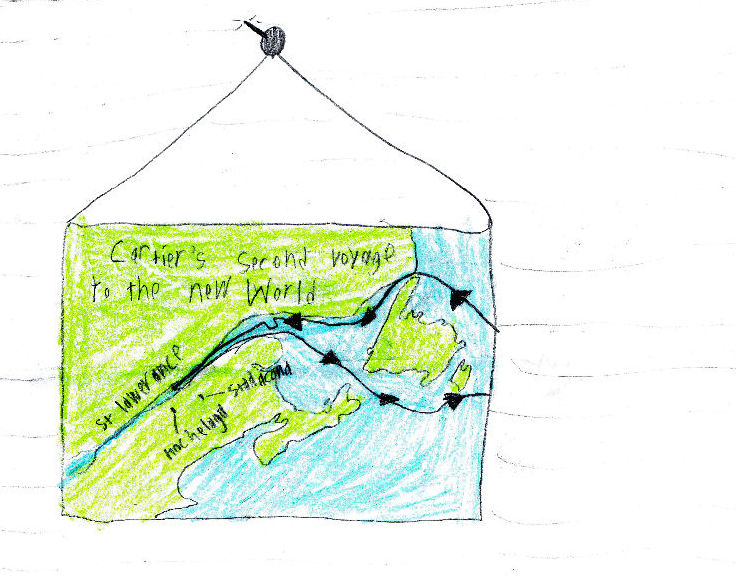Jacques Cartier was born in Saint-Malo, in the year 149. In 1520 when he was 29 years old, he married Mary Catherine des Granches. In 1534, The French king, Francis I, approved him to lead a voyage to the New World in order to seek riches and find a northern route to Asia. In April of 1534, he set sail across the Atlantic to the New World with two ships and sixty-one men. During his first expedition, he explored Newfoundland and the Gulf of St. Lawrence. He made his way back to France and reported his discoveries to King Francis I. He also presented two Native American captives that he had brought back from the Gaspe Peninsula. The king was pleased, and sent him across the Atlantic again, this time with three ships and 110 men. Using the two Native Americans as guides, they sailed all the way up the St. Lawrence to what is now Quebec. There he established a camp. During a harsh winter, about 25 of his men died from scurvy. In the spring, Jacques Cartier sailed back to France to tell the king about hearing from the Iroquois that there is another great river heading west, possibly leading to riches and Asia. Wars in Europe delayed his final expedition to the New World until 1541. After enduring another harsh winter, he sailed back to France with what he thought to be gold and diamonds, but they turned out to be priceless minerals. Jacques Cartier then received no more commissions from the king. France then abandoned the idea of a permanent settlement and was no longer interested in North American claims. Jacques Cartier was, however, credited for naming Canada, after misunderstanding the Iroquois word “kanata” which means “village,” by using it to refer to the entire land around Quebec.
1
You must be logged in to post a comment.